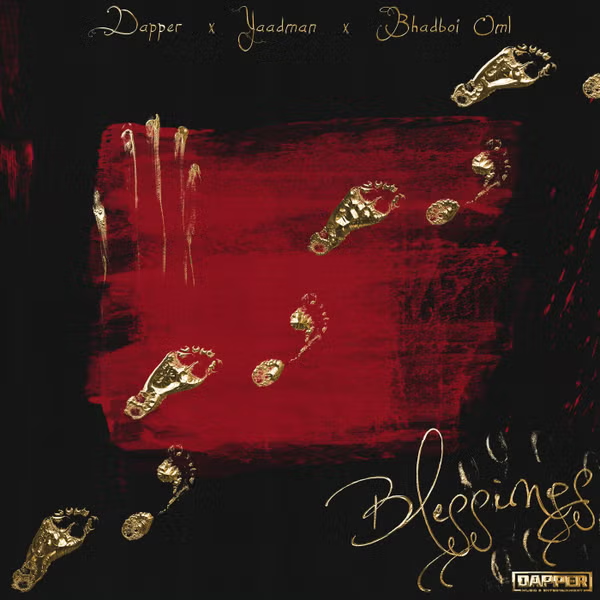Until the 19th century, the Nagas had very little contact with the outside world, even with the rest of India, and they fiercely fought British occupation.
However, they were eventually defeated and suddenly Nagaland witnessed the rise of many Christian missionaries, who converted a majority of Nagas to Christianity. Headhunting used to be at the heart of a Naga society’s fabric.
No young man could graduate to adulthood and be eligible to marry a high-status woman without having completed the ritual of headhunting at least once.
They believed that the practice was also essential for maintaining the fertility of the crops and the wellbeing of the community. Even the women were not shy of taking up arms.
In the olden days, if there was a threat to their clan, the Nagas did not hesitate in picking up a weapon and joining the men in battles to protect their tribe’s honor.
The Konyak warrior tribe is one of the many Naga tribes. But what sets them apart from the rest of the tribes of this northeastern Indian state is their fierce headhunting history, which was part of their strong warrior tradition.
Territorial conflicts between rival tribes and villages were resolved through warfare and Konyaks were feared for their headhunting skills they beheaded their enemies and brought back the severed heads as trophies in a specially designed basket that they carried to the battles.
The heads were then proudly displayed on the walls and doorways of the warriors. The Indian government put a ban on headhunting in 1960 but Konyaks say that the tradition continued for a few more years before limited aspects of modernity were accessible in these remote parts of Nagaland.
The next generation of the Konyaks partially embraced a Baptist-based Christianity. In the remote villages of Nagaland‘s Mon district, which borders Myanmar, a motley band of elderly former warriors is still visible, their tattooed faces and torsos bear witness to mortal combat and the once customary headhunting.
It was tradition to honor the men with tattoos on their faces and chest as a mark of their heroic deeds. The elaborate process was done only by the chieftain’s wife. Now mostly in their 80s, these former warriors are distinguishable also by their large ear piercings made of animal horns and war hats made of hunted wild pigs’ horns, hornbill feathers, and wild bear or goat hair.
They still carry the knives with which they killed. Sheltered from the reaches of modern civilization, the tribe survived many generations. However, today, headhunting is almost unknown. The last major outbreak is reported to have been in 1990. Since then, the forests have largely been cleared, and Nagaland is now known instead for having one of the largest Christian populations in South Asia.
The erstwhile skull houses where Naga boys were trained to hunt have been torn down, missionaries have asked them to do away with the hunted, barring a few defiant individuals who have held on to their legacy. Even the practice of wearing colorful beaded jewelry is on a decline.





























